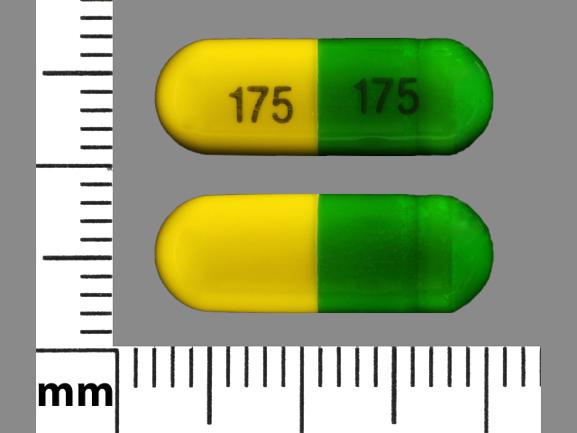Paromycin Disease Interactions
There are 3 disease interactions with Paromycin (paromomycin).
Aminoglycosides (oral) (applies to Paromycin) intestinal obstruction
Major Potential Hazard, High plausibility.
The use of oral aminoglycosides is contraindicated in patients with intestinal obstruction. Orally administered aminoglycosides are poorly absorbed from the gastrointestinal tract and primarily eliminated unchanged in the feces. Drug retention and enhanced systemic absorption may occur in the presence of intestinal obstruction, increasing the risk of oto- and nephrotoxicity associated with these drugs.
Antibiotics (applies to Paromycin) colitis
Major Potential Hazard, Moderate plausibility. Applicable conditions: Colitis/Enteritis (Noninfectious)
Clostridioides difficile-associated diarrhea (CDAD), formerly pseudomembranous colitis, has been reported with almost all antibacterial drugs and may range from mild diarrhea to fatal colitis. The most common culprits include clindamycin and lincomycin. Antibacterial therapy alters the normal flora of the colon, leading to overgrowth of C difficile, whose toxins A and B contribute to CDAD development. Morbidity and mortality are increased with hypertoxin-producing strains of C difficile; these infections can be resistant to antimicrobial therapy and may require colectomy. CDAD must be considered in all patients who present with diarrhea after antibacterial use. Since CDAD has been reported to occur more than 2 months after antibacterial use, careful medical history is necessary. Therapy with broad-spectrum antibacterials and other agents with significant antibacterial activity should be administered cautiously in patients with history of gastrointestinal disease, particularly colitis; pseudomembranous colitis (generally characterized by severe, persistent diarrhea and severe abdominal cramps, and sometimes associated with the passage of blood and mucus), if it occurs, may be more severe in these patients and may be associated with flares in underlying disease activity. Antibacterial drugs not directed against C difficile may need to be stopped if CDAD is suspected or confirmed. Appropriate fluid and electrolyte management, protein supplementation, antibacterial treatment of C difficile, and surgical evaluation should be started as clinically indicated.
Paromomycin (applies to Paromycin) GI inflammation
Major Potential Hazard, High plausibility. Applicable conditions: Colonic Ulceration, Colitis/Enteritis (Noninfectious)
Like other aminoglycosides, paromomycin is potentially oto- and nephrotoxic. While it is poorly absorbed from the gastrointestinal tract, significant systemic absorption may occur if intestinal mucosal integrity is compromised. Therapy with paromomycin should be administered cautiously in patients with inflammatory or ulcerative gastrointestinal diseases because of the potential for enhanced absorption of the drug.
Switch to professional interaction data
Paromycin drug interactions
There are 63 drug interactions with Paromycin (paromomycin).
More about Paromycin (paromomycin)
- Check interactions
- Compare alternatives
- Drug images
- Side effects
- Dosage information
- During pregnancy
- Drug class: amebicides
- Breastfeeding
Related treatment guides
Drug Interaction Classification
| Highly clinically significant. Avoid combinations; the risk of the interaction outweighs the benefit. | |
| Moderately clinically significant. Usually avoid combinations; use it only under special circumstances. | |
| Minimally clinically significant. Minimize risk; assess risk and consider an alternative drug, take steps to circumvent the interaction risk and/or institute a monitoring plan. | |
| No interaction information available. |
See also:
Further information
Always consult your healthcare provider to ensure the information displayed on this page applies to your personal circumstances.


